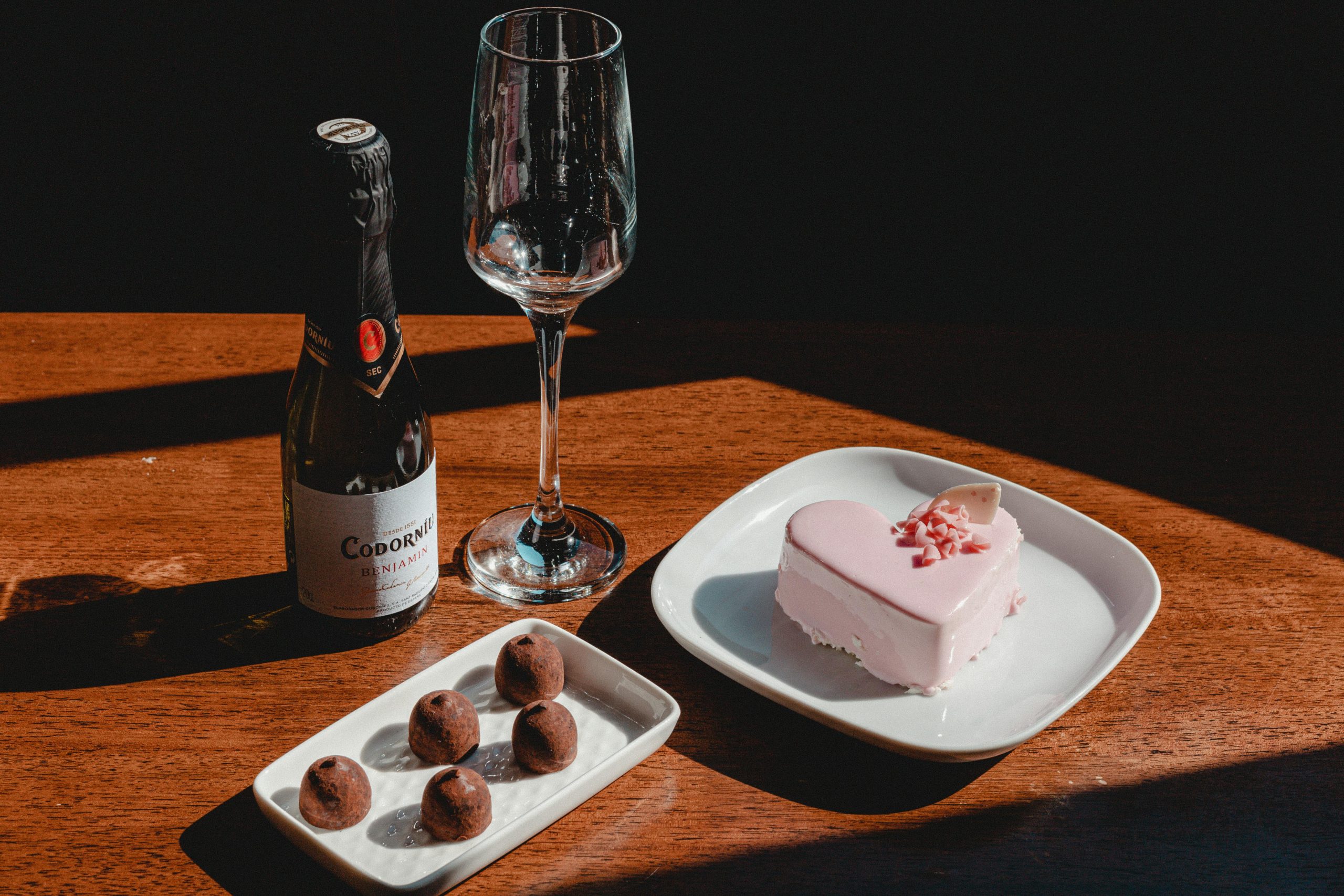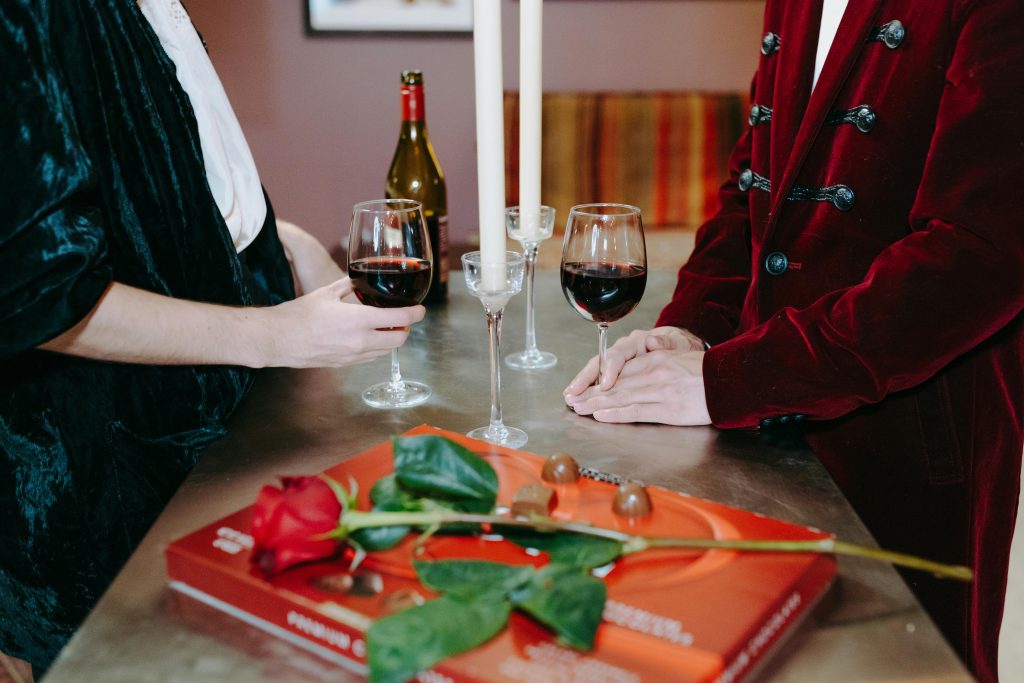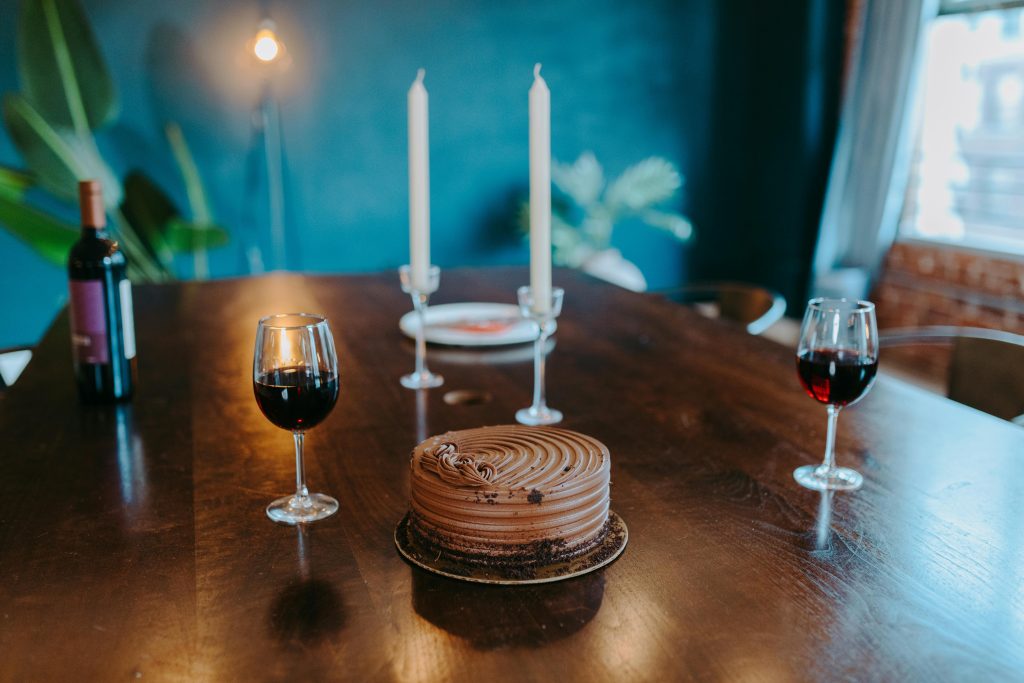
Picture this: It’s a chilly evening, the fire crackles softly, and the scent of warm cocoa fills the air. You’re wrapped in your favorite blanket, and the world outside can wait. Now, imagine a glass of velvety wine in one hand and a piece of smooth chocolate in the other. Does it get any better? Welcome to the luxurious, often overlooked world of wine and chocolate pairings.
Wine and chocolate are the ultimate indulgences. They’re rich, decadent, and offer layers of flavors that tantalize your taste buds. But as divine as they both are, pairing them is an art form. Not every wine will complement chocolate, and not every chocolate will pair harmoniously with your favorite glass of vino. But don’t worry—I’m here to guide you through this delicious adventure.
Why Pair Wine and Chocolate?
Before diving into specific pairings, let’s talk about why wine and chocolate make such a fantastic duo. Both wine and chocolate share similar qualities: they are complex, carry a variety of flavor notes, and can be either bold or subtle depending on the type.
Here’s where the magic lies:
- Flavor harmony: When paired well, the rich notes in wine enhance the sweetness, bitterness, and creaminess of chocolate, and vice versa.
- Balance: The tannins in wine play nicely with the creamy or bitter characteristics of chocolate, creating a balanced experience.
- Luxury factor: Both are considered indulgent treats, making this combination perfect for those moments when you want to treat yourself or impress guests.
Now, let’s dive into the fun part—pairing wine and chocolate like a pro.

The Basic Rules of Wine and Chocolate Pairing
If you’ve ever tried to enjoy a lovely Cabernet Sauvignon with milk chocolate, you might’ve noticed things didn’t quite click. Wine and chocolate pairing isn’t just about throwing together two indulgences; it’s about creating a partnership between the two. Follow these basic rules for a harmonious pairing:
- Match intensity: Lighter wines pair better with lighter chocolates, while bolder wines need rich, dark chocolates to hold their own.
- Sweet vs. dry: When in doubt, go for a wine that’s slightly sweeter than the chocolate to avoid bitter clashes. Sweet wines work beautifully with chocolates of varying intensities.
- Similar flavors: Try pairing wines and chocolates that have complementary flavor notes—think fruity wines with fruity chocolates, or nutty chocolates with rich, oaky wines.
Got it? Great! Now, let’s explore the best wine and chocolate combinations for your next indulgent night in.
1. Dark Chocolate and Cabernet Sauvignon
If you’re a fan of bold, dark flavors, this pairing is for you. Cabernet Sauvignon is a full-bodied wine with strong tannins, and it needs something equally powerful to stand up to its boldness. Enter dark chocolate. The bittersweetness of dark chocolate (especially those with 70% cocoa or more) is the perfect match for the intensity of a good Cab.
Why It Works: The tannins in Cabernet Sauvignon mirror the bitterness of dark chocolate, creating a harmonious balance. The fruity undertones in the wine, like black currant or blackberry, also enhance the flavor of the chocolate.
Pro Tip: Look for a dark chocolate with fruity or spiced undertones to elevate the experience. Try a bar with a hint of chili or orange zest for an extra flavor punch.
2. Milk Chocolate and Pinot Noir
Pinot Noir, the ever-versatile wine, is the perfect companion to the creamy sweetness of milk chocolate. Milk chocolate is more subtle than dark chocolate, with higher sugar content and creamier texture. Pinot Noir’s light body and red fruit flavors (think cherry and strawberry) blend beautifully with the smoothness of milk chocolate.
Why It Works: Pinot Noir’s delicate balance of acidity and fruitiness cuts through the richness of milk chocolate without overpowering it. The smooth tannins in the wine complement the creamy texture of the chocolate, creating a melt-in-your-mouth experience.
Pro Tip: Try this pairing with a milk chocolate that has hazelnuts or caramel for extra complexity. The nutty notes will work well with Pinot Noir’s earthiness.
3. White Chocolate and Moscato d’Asti
Let’s be real: white chocolate often gets a bad rap. But paired with the right wine, it’s nothing short of magical. Moscato d’Asti, with its sweet, bubbly nature, is the ideal match for white chocolate’s creamy, buttery flavor.
Why It Works: Moscato’s sweet, fruity notes (often peach, apricot, or honey) bring out the soft, vanilla flavors in white chocolate. The slight fizz of the wine cleanses your palate, preventing the chocolate from feeling too heavy or cloying.
Pro Tip: Try pairing this with a white chocolate that has fruit inclusions like raspberries or dried cranberries. The fruity sweetness of the wine will mirror the tartness of the berries.
4. Sea Salt Chocolate and Zinfandel
If you’ve ever tasted sea salt chocolate, you know it’s a game-changer. The salty, slightly savory edge adds depth to the sweetness, making it a unique treat. Zinfandel, with its bold, jammy fruit flavors and peppery finish, is a delightful partner for sea salt chocolate.
Why It Works: Zinfandel’s peppery notes contrast the salt in the chocolate, while its bold fruit flavors (think plum, blackberry, and cherry) enhance the sweetness. The wine’s slight spiciness also adds an extra layer of flavor to the experience.
Pro Tip: Look for a sea salt chocolate that includes caramel for an even richer pairing. The combination of sweet, salty, and spicy will make your taste buds sing.
5. Dark Chocolate with Orange and Syrah
Syrah (or Shiraz, if you’re in Australia) is known for its bold, spicy, and fruity profile. With flavors like blackberry, plum, and black pepper, Syrah is a natural match for dark chocolate with orange zest.
Why It Works: The spicy undertones of Syrah complement the bitterness of dark chocolate, while its fruit-forward nature enhances the citrus notes in the chocolate. Together, they create a balance of sweet, bitter, and spicy that’s hard to resist.
Pro Tip: Try a dark chocolate with candied orange peel or even ginger for an extra kick. The wine’s spice will play off these flavors beautifully.
6. Chocolate-Covered Strawberries and Champagne
No wine and chocolate pairing list is complete without the classic combo of chocolate-covered strawberries and Champagne. There’s something about the bright acidity and bubbles of Champagne that pairs wonderfully with the rich sweetness of chocolate-covered fruit.
Why It Works: The high acidity in Champagne cuts through the sweetness of the chocolate and the fruit, keeping the palate refreshed. The bubbles also add a celebratory feel, making this pairing perfect for romantic nights or special occasions.
Pro Tip: If Champagne isn’t your thing, opt for a sparkling rosé or Prosecco. Both offer similar acidity and bubbles, with a slightly fruitier edge.

7. Spiced Chocolate and Port
Port, with its sweet, rich, and slightly spicy profile, is the ultimate dessert wine. Pairing it with spiced chocolate (think cinnamon, chili, or nutmeg) creates a warm, cozy experience that’s perfect for winter nights.
Why It Works: Port’s sweetness balances the spice in the chocolate, while its rich texture complements the creaminess of the chocolate. The warm spice notes in both the wine and chocolate create a comforting pairing.
Pro Tip: Go for a dark chocolate spiced with cinnamon or chili for the ultimate match. The slight heat from the chocolate will be tempered by the sweetness of the Port, creating a balanced flavor profile.
8. Peanut Butter Chocolate and Sherry
Peanut butter and chocolate are a classic combination, but pair them with Sherry, and you’ve got a sophisticated twist on a childhood favorite. Sherry, particularly an Amontillado or Oloroso, offers nutty, caramel-like flavors that enhance the richness of peanut butter chocolate.
Why It Works: The nutty notes in the Sherry mirror the flavors of the peanut butter, while its slight sweetness balances the chocolate’s richness. Together, they create a salty-sweet combination that’s impossible to resist.
Pro Tip: Try this pairing with a peanut butter chocolate bar that includes bits of toffee or pretzel for an extra crunch.
How to Host a Wine and Chocolate Tasting Night
Now that you have a good idea of which wines and chocolates pair well together, why not make a night of it? Here’s how to host the ultimate wine and chocolate tasting:
- Choose a variety of wines and chocolates: Offer your guests a range of wines and chocolates to experiment with. Include some crowd-pleasers like milk chocolate and Pinot Noir, but don’t be afraid to introduce more adventurous pairings like Syrah and dark chocolate with orange.
- Serve in small portions: No one wants to be overwhelmed, especially with something as rich as wine and chocolate. Serve small pieces of chocolate and small pours of wine to allow for multiple tastings.
- Take it slow: Encourage guests to take their time, savor each bite, and sip slowly to experience the full flavor profile.
- Offer palate cleansers: Have water and crackers on hand to cleanse the palate between tastings. This helps guests fully appreciate each pairing.
- Create a cozy atmosphere: Dim the lights, play some soft music, and set up a comfortable space for everyone to relax and enjoy the experience.

Wrapping It Up
Pairing wine and chocolate, with the right combinations, can turn an ordinary evening into a luxurious, fantastic experience. The key is to match the intensity, sweetness, and flavors of both to enhance the tasting experience. Whether you’re hosting a wine and chocolate night with friends or enjoying it solo by the fire, these pairings are sure to delight your senses.
So, the next time you feel like treating yourself or impressing guests, don’t stop at just a glass of wine—add some chocolate to the mix. Not only does it elevate the experience, but it also brings out the best in both treats. And let’s face it—there’s no better way to wind down than with a glass of wine and a piece of chocolate.